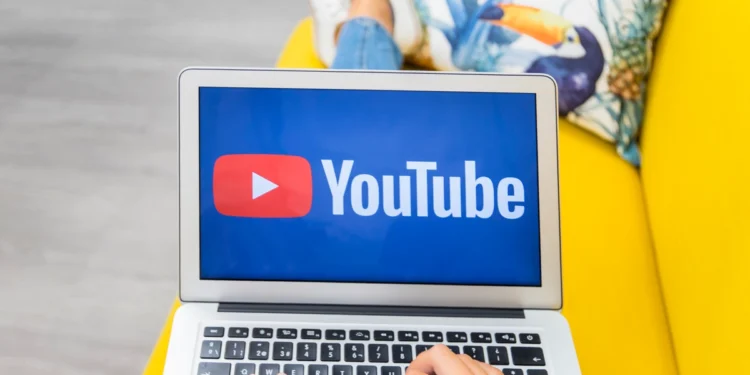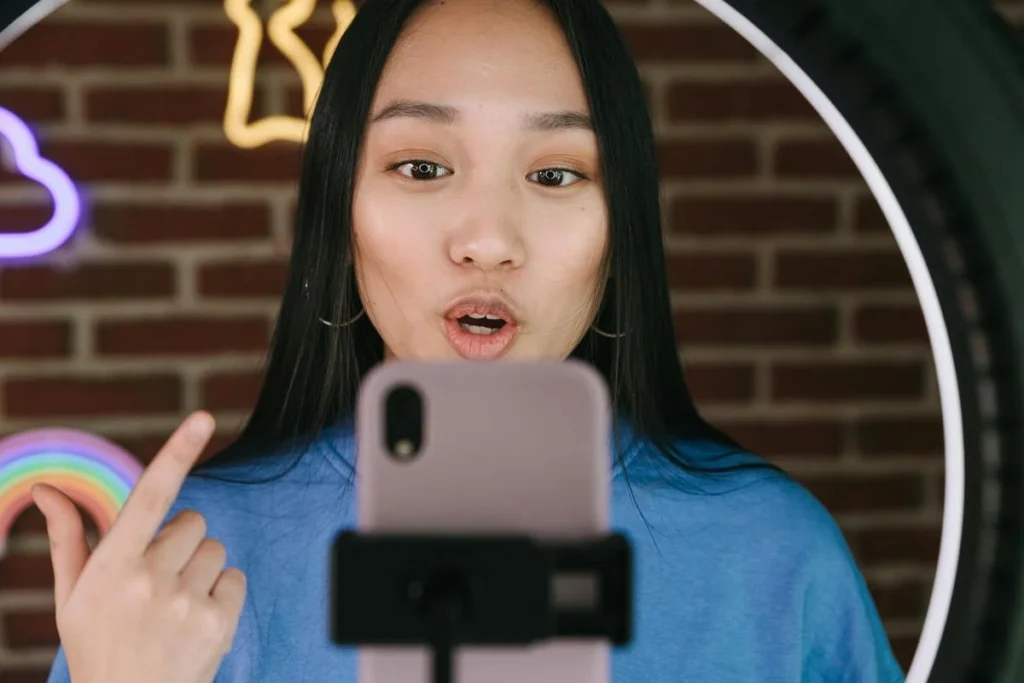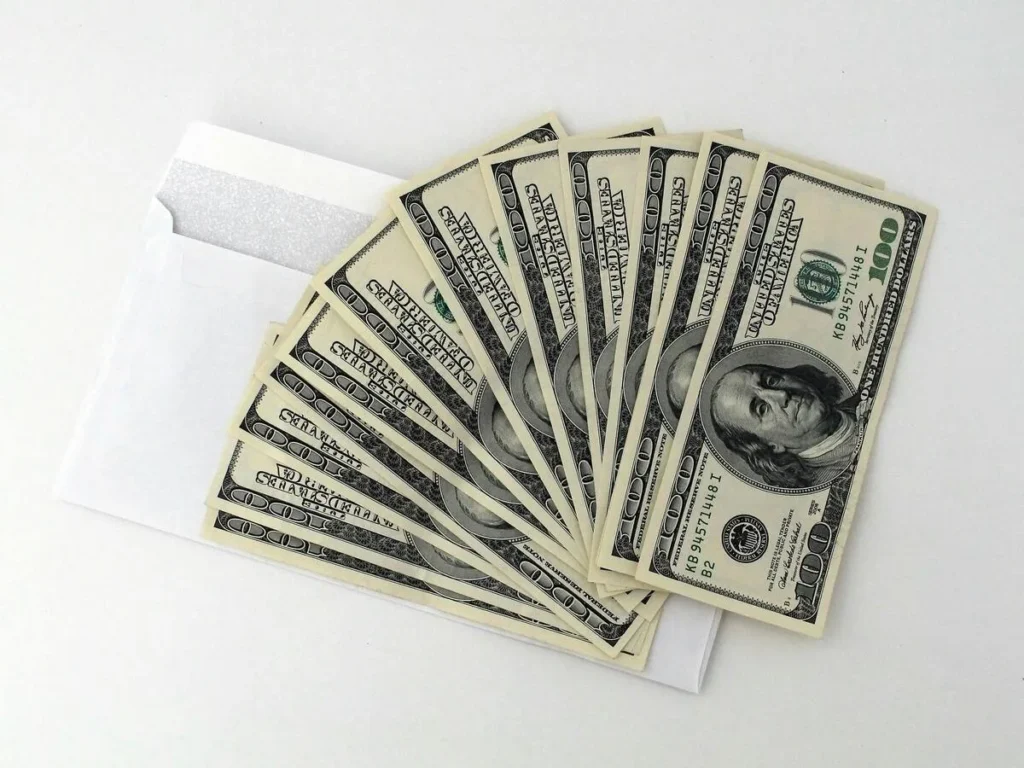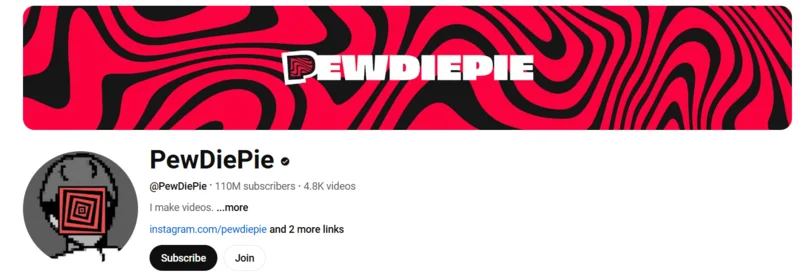YouTube has become one of the most profitable online marketplaces for content creators, allowing millions of people to earn money from their love for video production. But what does it entail, and how much money can you really make? In this one-stop guide, we’ll learn what YouTube does, how to earn on YouTube, and what drives your earnings.
Table of Contents
Understanding YouTube: How Does It Work?
YouTube, in its most basic form, is a video-sharing platform that allows users to upload, share, and watch videos. Since it was founded in 2005 and bought by Google in 2006, YouTube has become the world’s second-largest search engine, with more than 2 billion users logged in every month. So here’s how it works:
- Content Creation: Users post videos about any subject that’s suitable for YouTube and publish them on their channels. This can be anything from tutorials, vlogs, and product reviews to learning videos, gaming streams, and more.
- Audience Management: To thrive on YouTube, content creators must first acquire an audience. This means creating high-quality, relevant and engaging content that resonates with a particular audience.
- Monetization: Once a channel is in YouTube’s eligible status, creators can promote their content with ads, subscriptions, merchandise, and more.
- Algorithms: YouTube’s recommendation algorithm is a major factor in driving videos. It’s a tool for creators to differentiate themselves and expand by identifying which videos people will watch the most based on user activity.
Start Earning on YouTube
From channel-building to money-making, here are a few things you need to know to get started on YouTube. Here is a thorough guide:
1. Establish a YouTube account
If you don’t already have a Google account, the first step is to create one. Then, do these actions to start a YouTube channel:
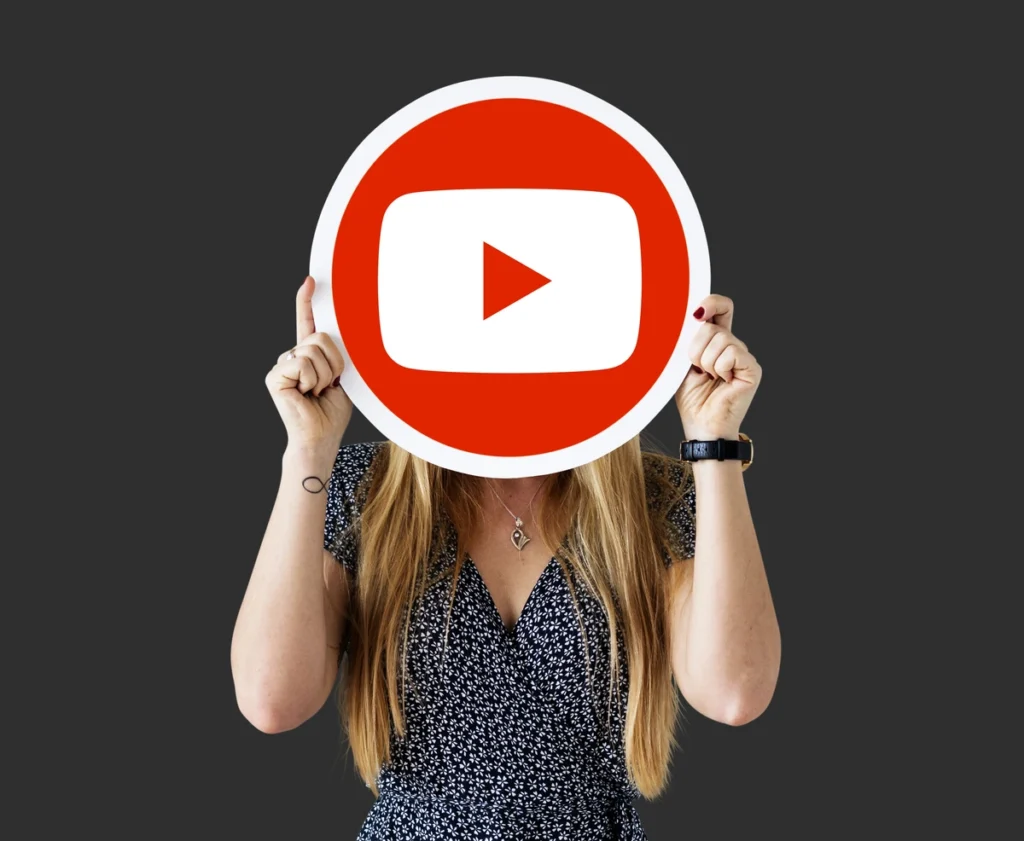
- Go to the YouTube homepage and use your Google account to log in.
- After selecting your profile photo, select “Create a Channel.”
- Add a picture and a description to your profile after choosing a channel name.
2. Choose Your Niche
Being niche-focused is typically the key to YouTube’s success. Popular niches consist of:
- Fashion
- Reviews of technology
- Skincare Products and Cosmetics
- Gaming and live streams
- Interior and Exterior Design
- Educational and online course teaching
- Entertainment
- Fitness and Health
- DIY and crafts
- Travel Tips
- Outfits and makeup
- Lifestyle
To create high-quality and practical content, choose a speciality that aligns with your interests and areas of expertise.
3. Produce High-Quality Content
The secret to drawing in and retaining visitors is quality. Make the following investments:
- Equipment: Equipment includes lighting, microphones, and cameras.
- Editing Software: You may make your video look professional by using Adobe Premiere Pro, Final Cut Pro, or free tools like DaVinci Resolve.
- Consistency: To keep your audience engaged and entertained, upload frequently.
4. Optimize for SEO
Use search engine optimization (SEO) to make sure your films show up at the top of YouTube’s search results. Improve your:
- Titles: Make use of appropriate keyword phrases.
- Descriptions: Add details and keywords to the descriptions.
- Tags: Tag your videos for easier discovery.
- Thumbnails: Create attractive thumbnails for click-throughs.
5. Build an Audience
Make your channel known via social media, partnerships, and interaction. Responding to comments and engaging viewers is an effective way to cultivate a loyal following.
6. Join the YouTube Partner Program (YPP)
To earn, you’ll need to sign up for the YouTube Partner Program. The eligibility criteria include:
- 1,000 subscribers
- 4000 valid public watch hours in the last 12 months.
- A linked Google AdSense account
- Compliance with YouTube’s policies and guidelines
Once they’re approved, you can begin making money with your videos.
7. Monetization Options
YouTube offers several ways to make money:
- Ad Revenue: Impressions and clicks earn money from your display, overlay, and video ads.
- Channel Memberships: Subscribers can access ad-free content every month.
- Super Chats: Supporters can purchase the right to have their message shown during live broadcasts.
- Merchandise Shelf: Offer branded goods straight from your channel.
- YouTube Premium: When someone watches your material and subscribes to YouTube Premium, you will receive a portion of the money.
How Much Can You Earn on YouTube?
How much money a creator makes is determined by many factors such as niche, audience, and number of followers. A closer look is as follows:
1. Revenue from Ads
Cost per mille (CPM) and cost per click (CPC) are the two metrics used to determine ad revenue:
- CPM: Paying per 1,000 impressions for advertisers. It can be anywhere from £0.25 to £4 in most places but is higher in some niches like finance or tech.
- CPC: Cost per click (CPC). This varies dramatically depending on the advertiser and target group.
For instance, if you’re making 1,000,000 views per month and the average CPM is £2, you’ll make about £2,000 per month in ads.
2. Sponsorships
Brands hire creators to sell goods or services. Cost depends on channel size, niche and user count. In the case of a creator with 100,000 subscribers, you get paid £500-£10,000 per sponsored video.
3. Affiliate marketing and merchandise

Getting compensated for affiliate links or selling goods will significantly boost your income. A tech channel discussing gadgets, for example, can offer Amazon affiliate links so that they can get a percentage of every purchase.
4. Memberships and Donations
Memberships and tools such as Super Chats generate extra income, A loyal audience might invest hundreds or thousands of pounds every month.
5. Revenue from YouTube Premium
When YouTube Premium subscribers watch your video, YouTube receives a percentage of the membership payments. Even if it is not as high as the revenue from advertisements, it is nevertheless a source of income.
Factors Affecting YouTube Revenue
How much a creator can make depends on a number of factors:
1. Niche
CPM rates differ for certain niches. For example:
- High CPM Niches: Financial topics, technology, health, fitness
- Low CPM Niches: Entertainment, vlogs
2. Geography
CPM rates vary by country. Movie makers who are making content for the UK, U.S., Canada or Australia tend to make more money than those making content for developing countries.
3. Involvement of the Audience
Increased engagement results in more ad clicks and income. Important stats include watch time, likes, comments, and shares.
4. Duration of the Video
Video over 8 minutes may contain mid-roll ads that could boost the earningMid-roll advertisements may be included in videos longer than eight minutes, which could increase the income potential.
5. Growth and Consistency
Frequent and regular uploads increase views and sustain viewers’ interest over time.
Real-Life Examples
- PewDiePie: PewDiePie has more than 110 million subscribers, and earns millions of dollars each year in advertising, sponsorships, and merchandise.
- MKBHD: The tech reviewer Marques Brownlee takes a substantial salary from ads, sponsored content and affiliates.
- Emma Chamberlain: Through sponsorships, advertising, and retail sales, lifestyle blogger Emma Chamberlain earns enormous sums of money.
- Carryminati: Carryminati is a well-known YouTuber with over 40 million followers who makes a ton of money each month from roasting, parody, and live-streaming videos.
Advice on Increasing Profits
- Add Additional Revenue Streams: Don’t rely solely on advertising, streams. Try memberships, products, and affiliate marketing.
- Attention to Quality: Quality Videos bring in more people and advertisers.
- Engage with Your Audience: Create an engaged audience by responding to their feedback and producing content they’re excited about.
- Analyze Performance: Measure performance using YouTube Analytics and optimize your strategy.
- Stay Up to date: If you want to stay eligible for monetization, know what’s happening with YouTube and its algorithm.
Final Words
YouTube is one of those giant places where if you work hard enough, creators can easily generate some cash. It’s not easy, but with a plan — focused on good content, audiences, and multiple streams of income — you can turn your channel into a profitable business. Whether you’re looking to take YouTube seriously or just a side project, what matters is consistency, creativity and dedication.
